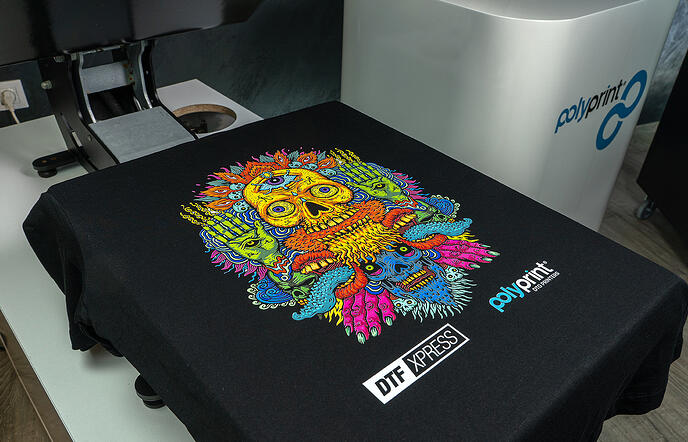Garden Blogging Mastery
Engaging Content Creation
Transform your gardening passion into captivating narratives through the art of blogging. Our guide delves into the world of content creation, offering insights into crafting engaging blog posts. Learn how to share your gardening experiences, insights, and https://huizenentuinen.nl/ challenges, creating a connection with fellow enthusiasts. Quality content not only enriches your readers’ experience but also boosts your online presence.
Visual Storytelling with Videos
Enhance your gardening narrative by incorporating video content into your blog. From planting tutorials to garden tours, our guide explores the power of visual storytelling. Discover the basics of video creation, editing techniques, and platforms for sharing, ensuring your gardening journey comes to life for your audience.
Social Media Mastery for Gardeners
Leveraging Platforms Effectively
Extend the reach of your gardening story by mastering social media platforms. Our guide provides a comprehensive overview of popular platforms like Instagram, Pinterest, and Facebook. Learn how to optimize your profile, engage with your audience, and use hashtags strategically to increase the visibility of your gardening content.
Building a Community
Transform your online presence into a thriving community of gardening enthusiasts. Our guide offers practical tips on fostering engagement, organizing virtual events, and creating a space where gardening aficionados can share tips, successes, and challenges. Build a supportive network that not only enhances your gardening journey but also establishes you as a respected voice in the community.
Monetizing Your Gardening Passion
Affiliate Marketing for Gardeners
Explore opportunities to monetize your gardening expertise through affiliate marketing. Our guide explains how to partner with relevant brands, recommend products, and earn commissions. Turn your passion into a revenue stream while maintaining authenticity and trust with your audience.
Online Courses and Workshops
Share your advanced gardening knowledge through online courses and workshops. Our guide provides a roadmap for creating compelling courses, marketing strategies, and platforms to host your educational content. Monetize your expertise while empowering others to elevate their gardening skills.
The Power of Guest Blogging
Expand your reach by venturing into guest blogging within the gardening community. Our guide offers tips on identifying reputable platforms, pitching compelling ideas, and creating content that resonates with a broader audience. Leverage the power of guest blogging to establish yourself as an authority in the gardening sphere.
Conclusion
Your gardening journey is not merely a personal endeavor; it’s a story waiting to be shared with the world. By mastering the art of garden blogging, social media engagement, and strategic monetization, you not only enhance your online presence but also contribute to the global community of gardening enthusiasts.
At The Green Thumb Hub, we encourage you to embrace the narrative aspect of gardening, turning your passion into a story that inspires, educates, and connects with fellow green thumbs worldwide.









